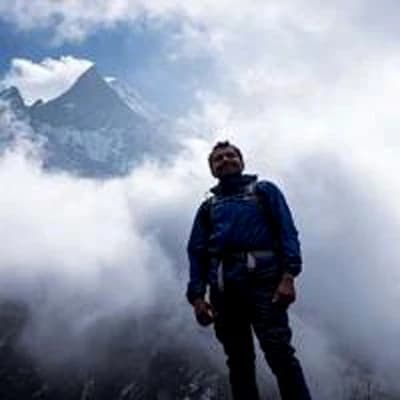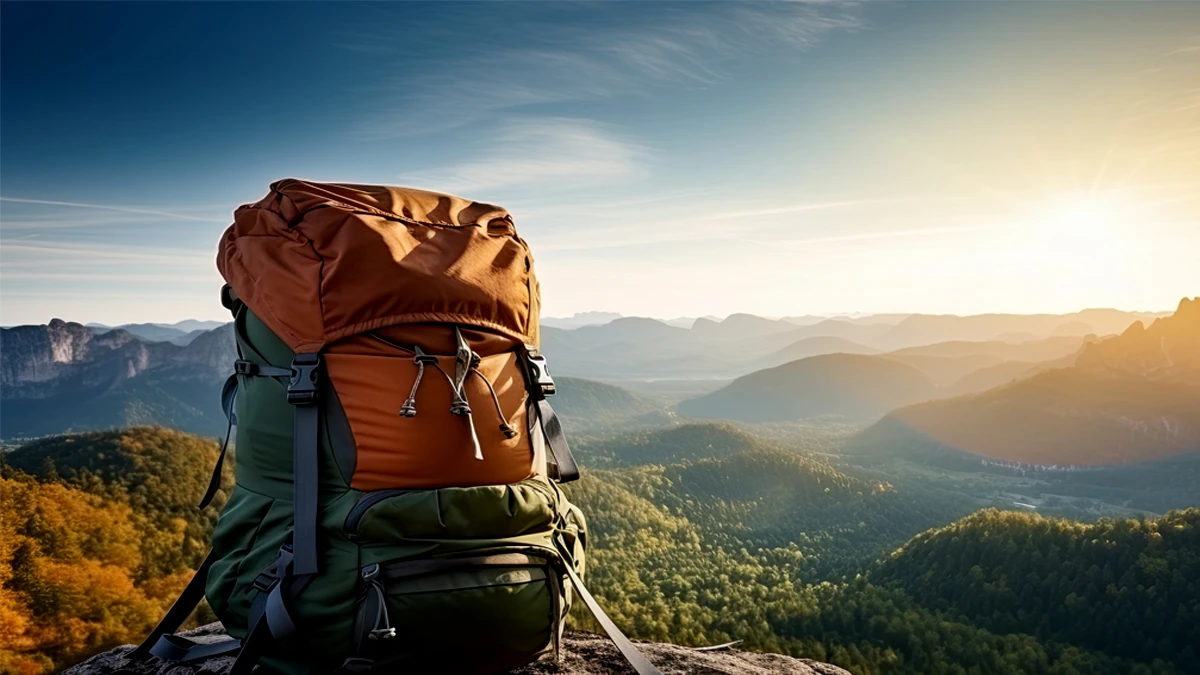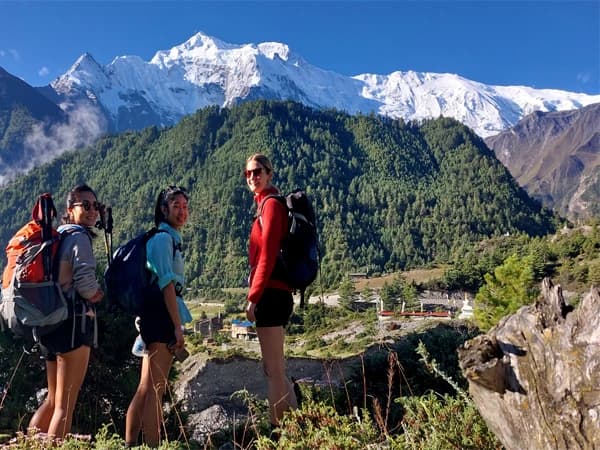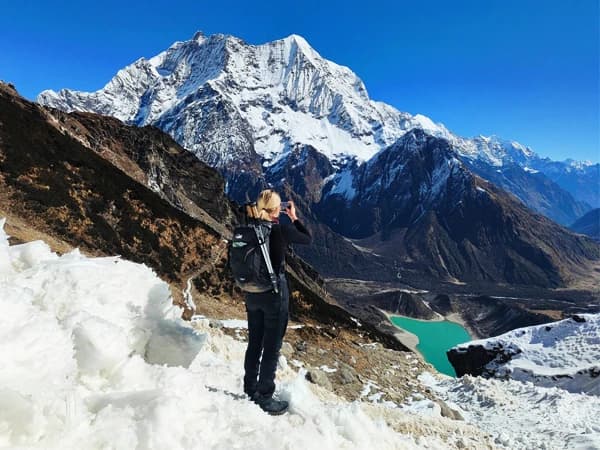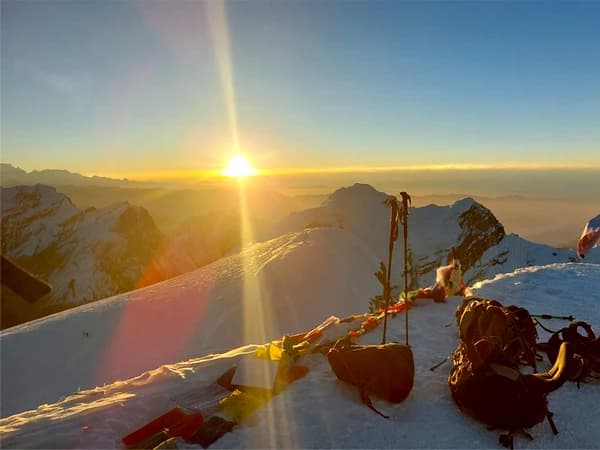Outdoor gear for trekking and hiking excursions:
Trekking in Nepal is an immensely popular adventure pursuit, drawing adventure enthusiasts from all over the world. When visiting this magnificent country, most tourists opt for a trekking or hiking program that suits their budget, timeframe, fitness level, duration, and personal preferences. At Himalayan Trekking Path, we offer a comprehensive range of trekking packages tailored to your specific preferences. Please feel free to reach out to us; we are more than willing to facilitate your trip. Additionally, we provide valuable guidance on the essential items you need to pack for trekking and hiking in Nepal. Kindly review the list and ensure you bring or manage these items accordingly to enhance your overall experience.
1. Back Pack:
Commence trip planning by efficiently managing your backpack. Consider having two separate bags—one for gear and another for important items like money, credit cards, and passports. The size of your backpack will largely depend on whether you have a porter or not. If you plan to have a porter, a 20–30 liter backpack is sufficient to carry essentials such as a camera, water, snacks, and a first aid kit. However, if you are traveling without a porter, a larger backpack in the range of 50–65 liters would be more appropriate.
2. Sleeping:
Sleeping arrangements play a crucial role in ensuring a successful adventure trekking experience in Nepal. If you opt for camping trekking, it is essential to prepare the necessary equipment, such as tents and other required items. However, apart from Upper Dolpo, Limi, and Dhaulagiri Trekking, most trekking routes offer charming tea houses, lodges, or homestay facilities where you can spend the night. The key items you need for a comfortable sleep are a sleeping bag and a liner, which we highly recommend. You can either bring these from home or conveniently purchase or rent them at reasonable prices in Thamel. Even for low elevations and short treks, although not mandatory, having these sleeping essentials can enhance your overall experience.
3. Headwear:
Headwear plays a vital role in trekking and hiking expeditions. For challenging high-pass treks like Thorong La, Larkey La, Three Pass Trek, Mustang, Kanchenjunga, and Dolpo Trek, it is important to have protective gear to shield yourself from the cold and winds. Even for shorter and lower-altitude treks, some preparation is required. Make sure to pack a sun hat or scarf, a winter hat, or a wind-brimmed hat (for winter only), and a headlamp with extra batteries.
4. Face, Eye, Skin and Hand Portection:
Proper protection for your face, hands, and skin is essential when trekking in Nepal to shield yourself from the harsh winds and intense sun. It is important to pack creams, skin protection, and eye protection such as sunscreen, sunglasses with UV protection, face and body wipes, lightweight gloves, and heavyweight winter gloves (for winter treks).
5. Bodyware:
Get yourself equipped with the necessary clothing to safeguard your body against the chilling cold, rain, and strong winds. These essential garments encompass hiking shirts, synthetic long-sleeved shirts, hoodies, rain jackets, fleece jackets, lightweight cotton pants, polypropylene underwear, down jackets (ideal for winter treks), as well as waterproof jackets and pants.
6.Footware:
When preparing for your trip, remember to pack the right footwear. We suggest bringing hiking and trekking boots with long ankle coverage, along with trekking shoes and socks. Also, include waterproof hiking boots with thick wool socks, sports shoes, or sandals for when you want to relax.
7.Toiletries:
Packing toiletries is essential for adventure trekking and hiking in Nepal. Although they are available in the mountains, they can be expensive and not always accessible. Supporting local businesses by purchasing from tea houses is an option, but if you prefer to get them in the city, remember to pack a quick-drying towel, toothbrush and toothpaste, toilet paper, soap, shower gel, laundry detergent, nail clippers, and a small mirror.
8.others:
While trekking in the mountains, the weather can be unpredictable. Above 4000m, you may encounter snow, while at lower elevations, rain is common. Therefore, it is essential to have crampons and a raincoat for proper preparation. The trekking routes in Nepal are not always smooth, so it is important to be adventurous and bring trekking poles and a bag cover. Additionally, do not forget to pack a first-aid kit for any necessary primary treatments.
Why is trekking gear so crucial?
When embarking on a trek, having the appropriate trekking and hiking gear is crucial for safety reasons. As you traverse rugged trails, stay in tea houses, and tackle high elevations, it is important to shield your head, skin, body, and feet from the elements like wind, rain, and cold. Therefore, ensuring you have the right gear is essential for an unforgettable trekking experience in Nepal.

